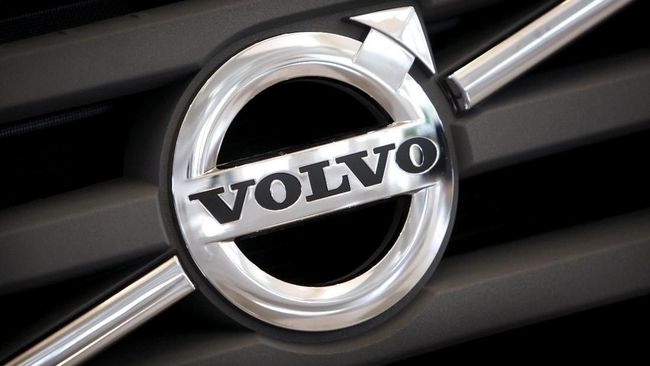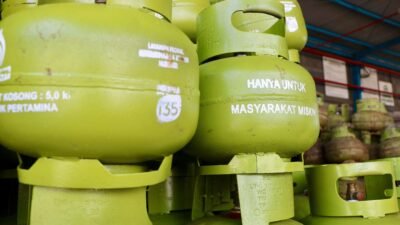As the global and domestic manufacturing sectors show signs of fatigue, many are questioning: Is the forklift and heavy equipment industry accelerating—or hitting the brakes? Forklifts, often seen as the backbone of industrial operations, play a critical role in logistics, warehousing, and production. However, when factories slow down, demand for these machines can be equally affected.
This article explores whether the forklift business is resilient enough to thrive during uncertain manufacturing times—or if it’s bracing for a downturn.
Manufacturing Sector Slows: A Ripple Effect Begins
In recent months, manufacturing output in several key economies, including Indonesia, has declined. Rising operational costs, geopolitical instability, and weakened global demand are all contributing factors.
As a result, many factories have reduced capacity or delayed expansion plans, which directly impacts the need for material handling equipment like forklifts. When production stalls, fewer goods move through warehouses, and naturally, the machines moving those goods see less action.
Forklift Industry: Challenges and Opportunities
Despite the slowdown, the forklift industry is not coming to a complete stop. Instead, it’s facing a mix of headwinds and hidden opportunities. For instance:
- Rental over purchase: As companies look to reduce capital expenditure, many are shifting from purchasing to renting forklifts. This shift fuels growth in the rental segment.
- Maintenance and service demand: Even when new purchases decline, existing fleets still require regular maintenance—keeping service providers in business.
- Electric forklifts gain traction: With increasing awareness of sustainability and cost efficiency, electric forklift sales are on the rise, especially in urban and indoor facilities.
These trends suggest that while new unit sales may slow down, other business streams within the forklift ecosystem continue to move forward.
Logistics and E-Commerce to the Rescue
Moreover, not all sectors are slowing down. E-commerce, logistics, and warehousing continue to expand rapidly, particularly in developing markets. These industries heavily rely on forklifts and warehouse automation to meet growing consumer demand.
As online shopping accelerates, so does the need for smart, efficient warehouse operations. Consequently, forklift manufacturers and suppliers catering to the logistics sector still see robust demand, especially for compact and electric models suited for high-density storage.
Government Incentives and Infrastructure Push
Governments in countries like Indonesia are actively investing in infrastructure development to stimulate economic recovery. These initiatives involve the construction of ports, logistics hubs, and industrial zones—all of which require heavy equipment, including forklifts, for operational readiness.
This creates a unique opportunity for forklift businesses to pivot from manufacturing dependency to serving public sector projects and infrastructure ventures.
Conclusion: Braking or Accelerating?
So, is the forklift business hitting the brakes or speeding ahead? The answer is: both, depending on where you look. The manufacturing downturn does present real challenges, but diversified demand sources, including logistics and rentals, offer a cushion against a complete slowdown.








